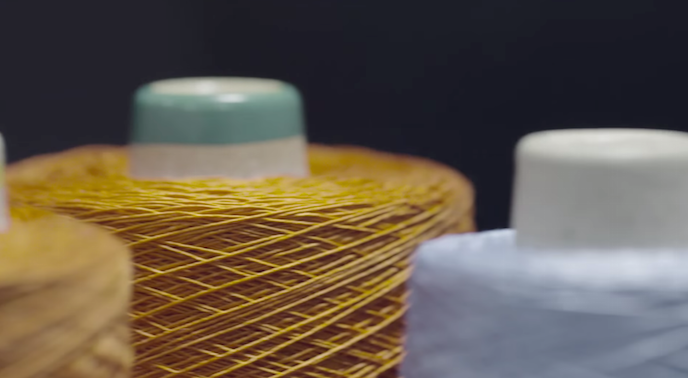
It is far from Google’s headquarters in Mountain View and the Swedish School of Textiles in Borås, namely 8638 kilometers. However pysslar not with such diverse things as you might think. At least not since Google unveiled Project jacquard at its developer conference a few weeks ago.
By weaving thin metal wires in fabrics like Google make our clothes and furniture to interactive surfaces. Small minicomputers sleeve if you like. According to the reporter of our sister magazine in the US, PC World, the material feels a bit like corduroy when you move your finger over the surface.
In Boras has conducted research on smart textiles for over 20 years. Fabric that measures ECG or becomes cool in the heat are examples of research projects that come out of the School of Textiles lab. Nils Krister Persson is responsible for their Technology Lab.
– This probably sounds presumptuous of me but from a technical point of view, much of the old. Textiles such as these have been around since the 80s and was developed by MIT. Electrically conductive yarn has been around for 20 years. But just that is Google doing this, it plays a role and can trigger the development, he says. 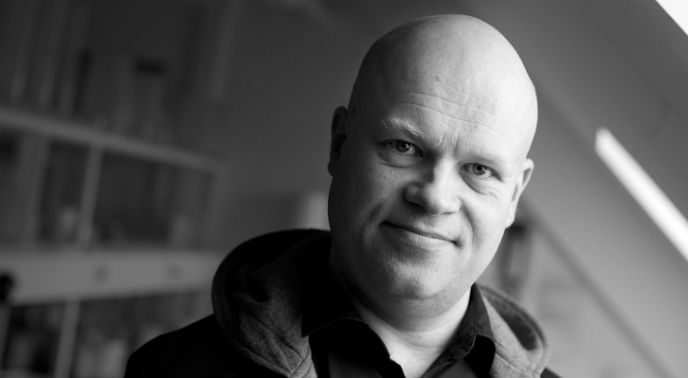
However, there is a marked difference which he thinks is interesting. That Google sees the fabric as a technology platform. That one is aiming for large-scale production.
Very few technical details have been revealed about the yarn and it is unclear what they will use the technology to. But cooperation with the jeans manufacturer Levi’s and factory images that appear in the promotional film indicates that some form of industrial production is expected. And it is one of the obstacles that have been difficult to come across before, and that made progress stalled. 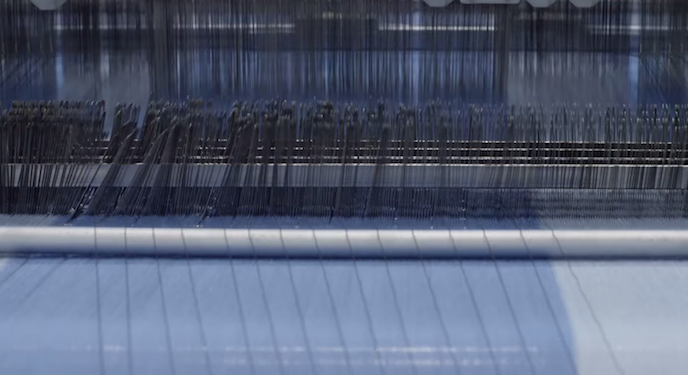
– There are many reasons that one is at a standstill, many of them technical. But also to make production efficient for mass production. It is technically difficult to connect mackapär one and two. But this is the soft stuff, it should be washed. I do not think they seem to have solved it, says Nils Krister Persson.
In the early 80′s dreamed big team of smart textiles’ role, says Nils Krister Persson. They saw a future of displays in the screen or to call with a glove. But with the development of the phone, and especially the mobile phone industry took a different path. 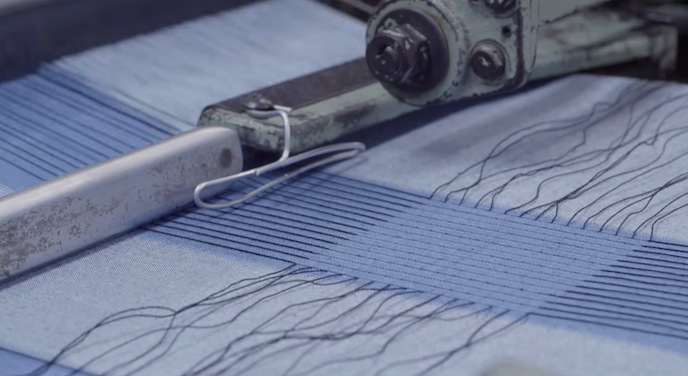
In Boras has long worked both artistically and technically with smart textiles. An early example is a long carpet that lights up to when going on – also an example of touch technology.
– We have taken developed a series of commercial products and more, not least in the medical side, where we work with Southern Älvsborg Hospital. We have produced socks and treating clothing for health care, he said.
Read more: Future gadgets controlled by radar – Swedish companies are challenging Google
Other examples of research projects is around textiles that can measure heart rate. Or the smart sock that senses how we walk or run. Now hope Nils Krister Persson on an upswing.
- We will work to Swedish industry and Swedish companies see the opportunities that exist with smart textiles, to be able to take advantage of it, he says.
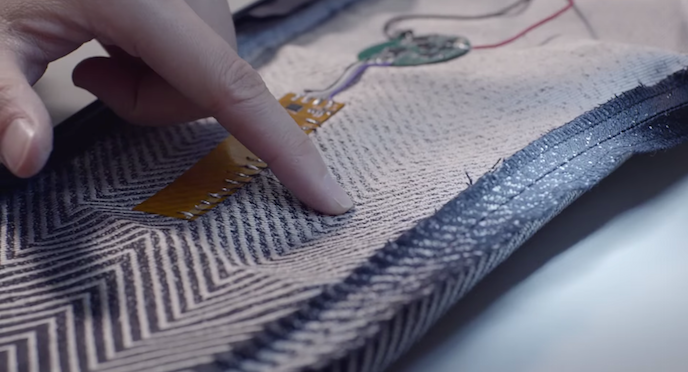
10,000-dollar question now is how Google intended to resolve any practical problems that may crop up along the way. Mass production, how do you wash your pants stuffed with electronics? And what do you do when the clothes must be discarded?
- From a recycling perspective, it is not so clever to mix metal with cotton or silk. And wash? Yes, in terms of research, we look at it … I can say.
No comments:
Post a Comment